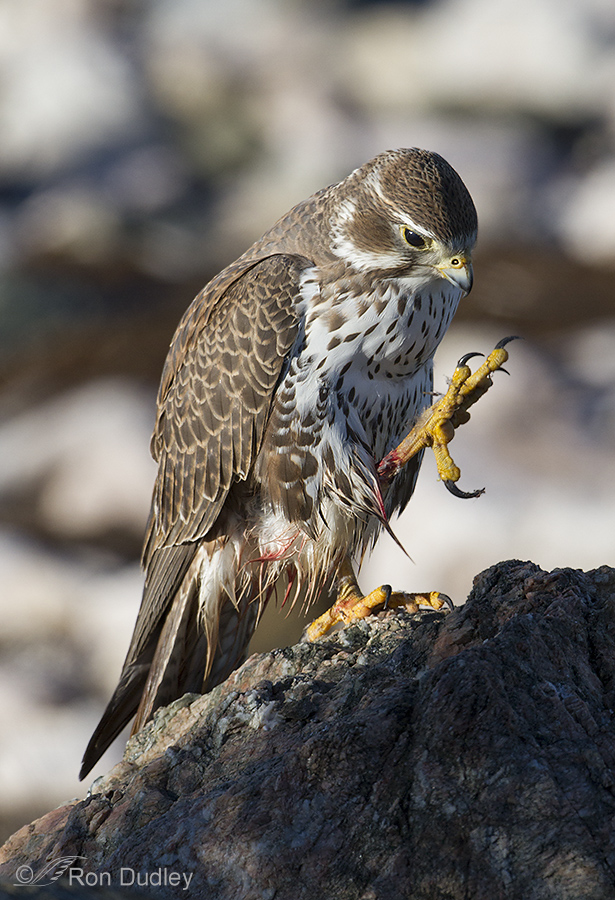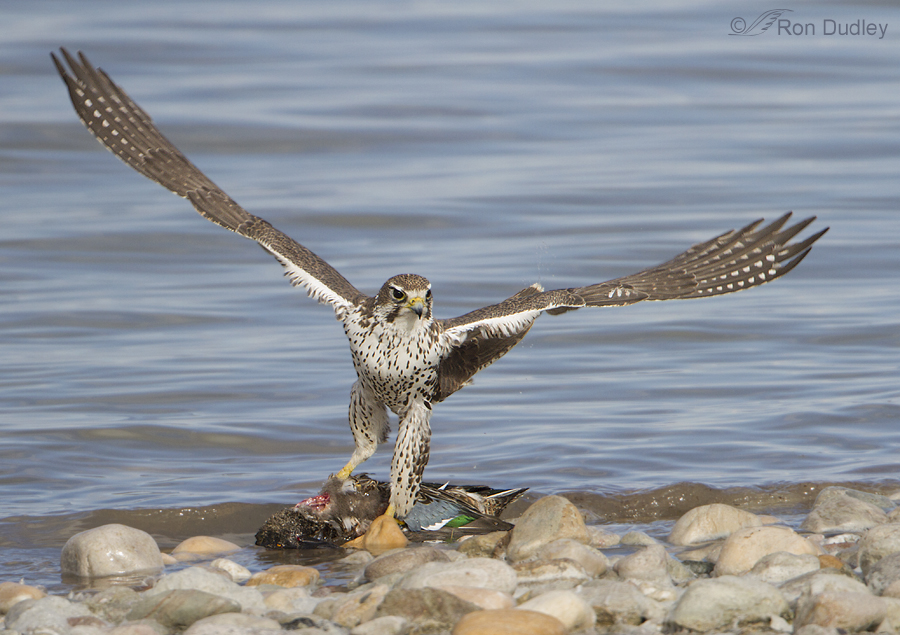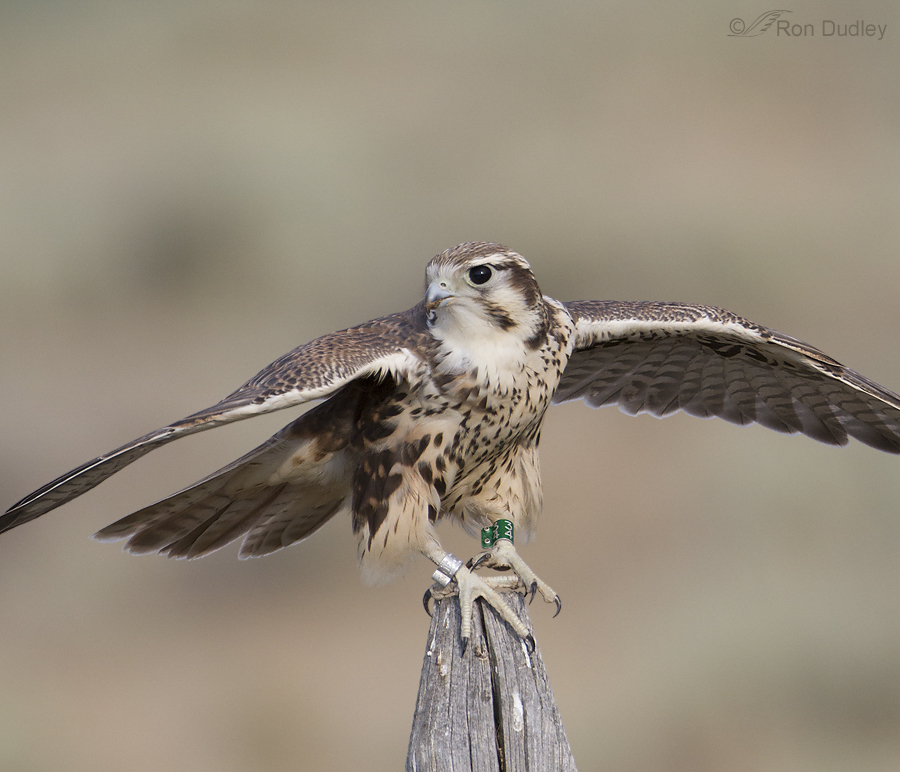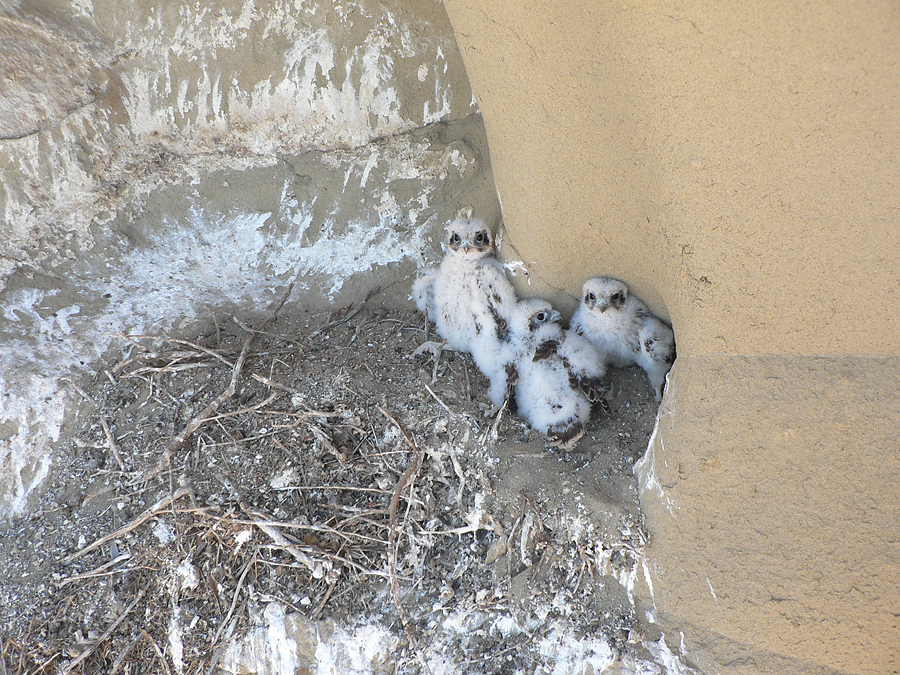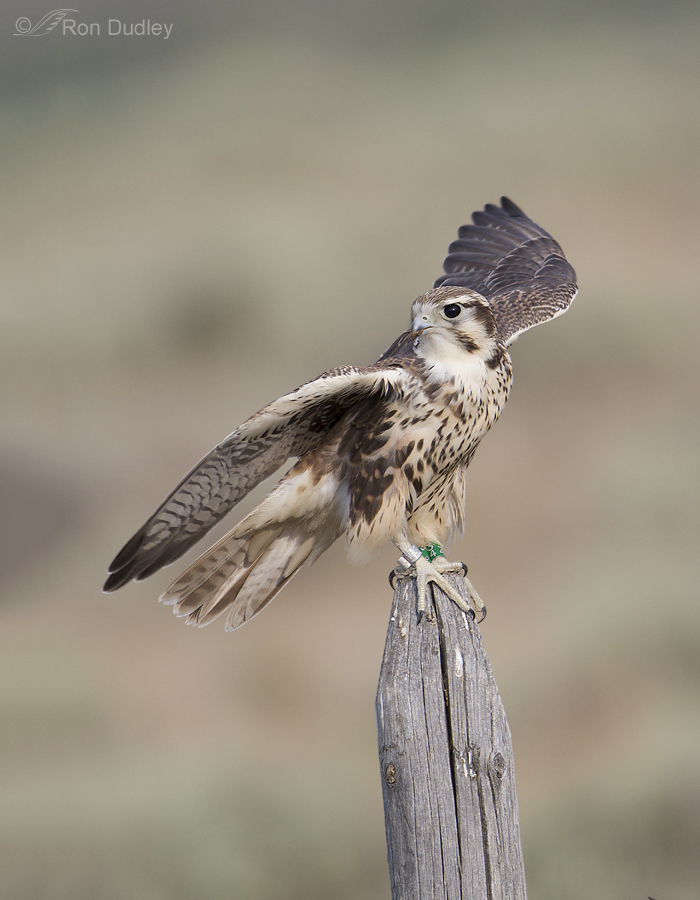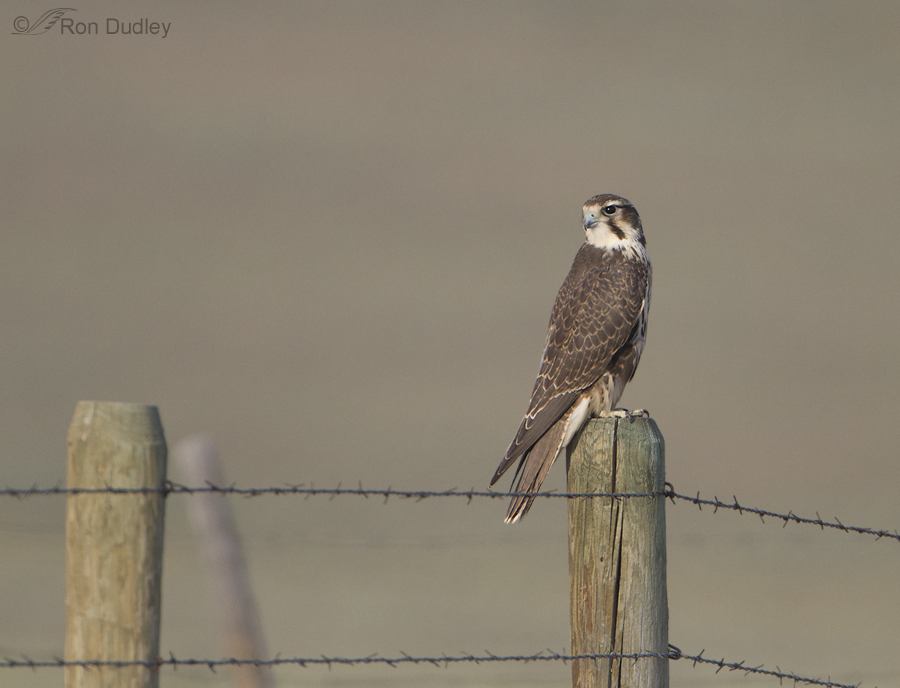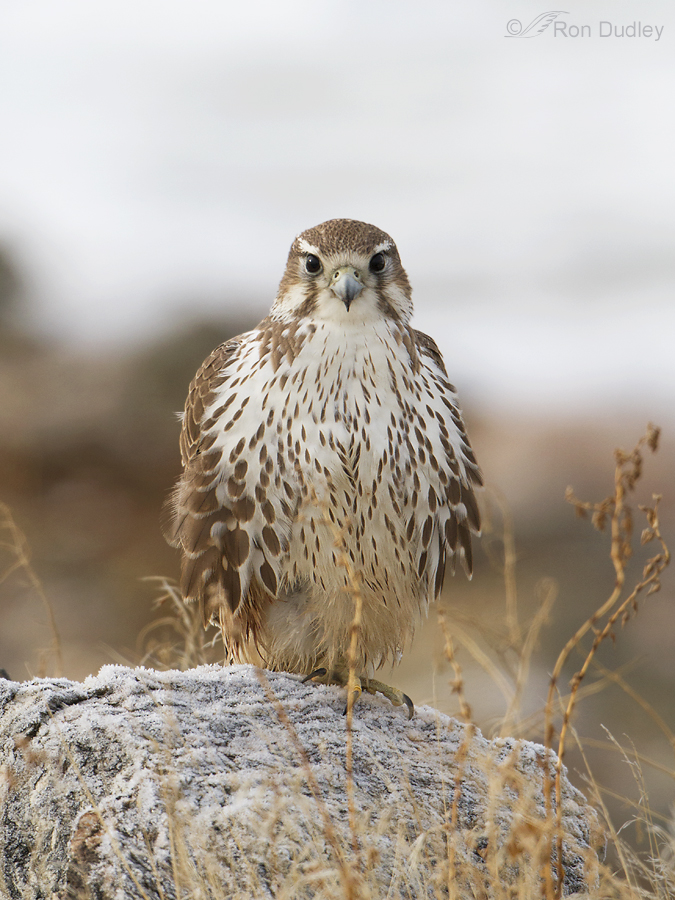Prairie Falcon With The Great Salt Lake As Background
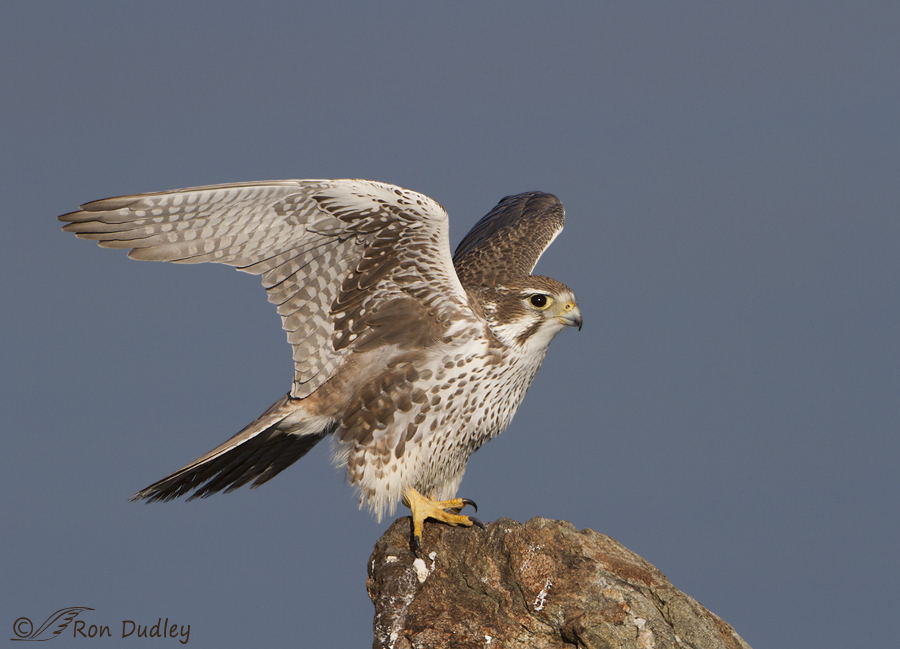
Yesterday a comment from one of my readers on a recent post got me thinking about Prairie Falcons. In the comment “James” said ” I would love to see some more shots of the prairie falcon if you have any”. I’d been considering posting more images of this beautiful female and that comment prompted me to get off my duff and finally do it.


